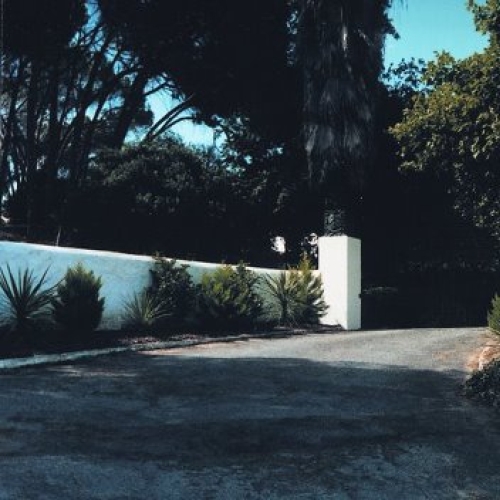
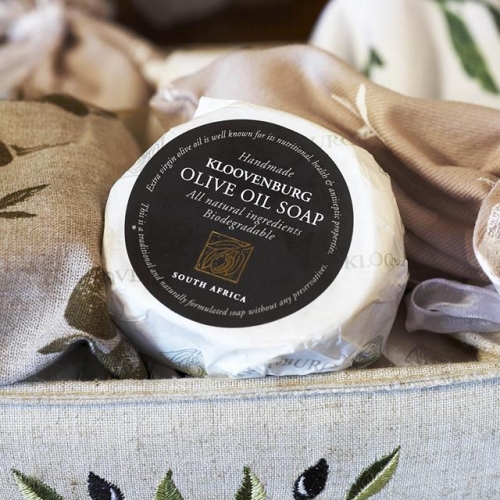

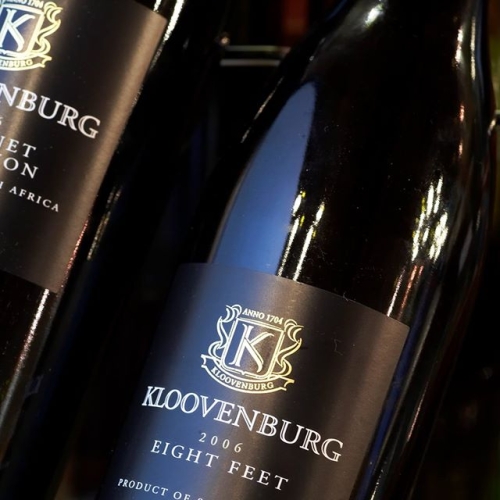
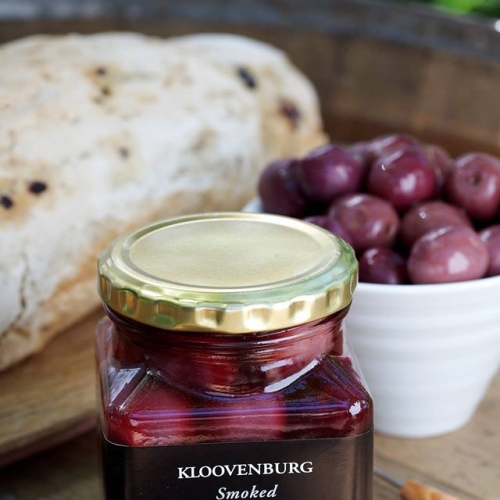

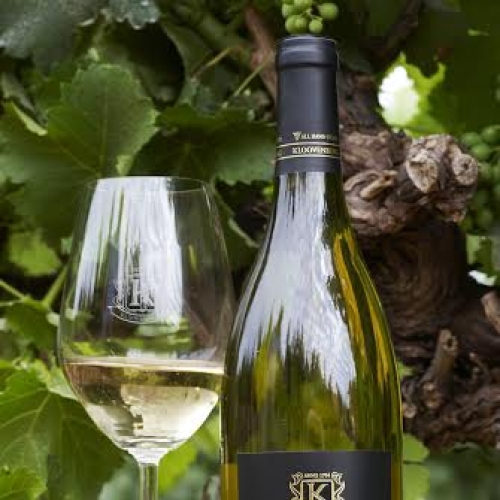
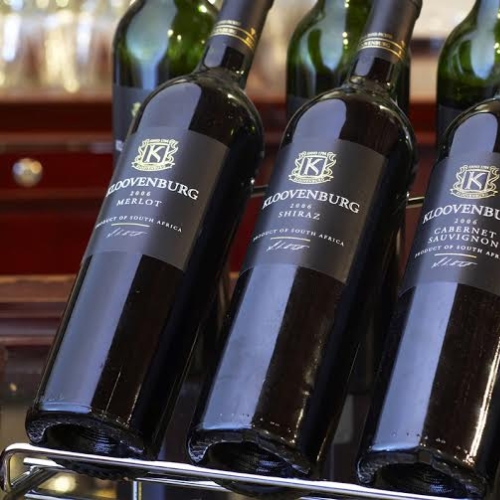

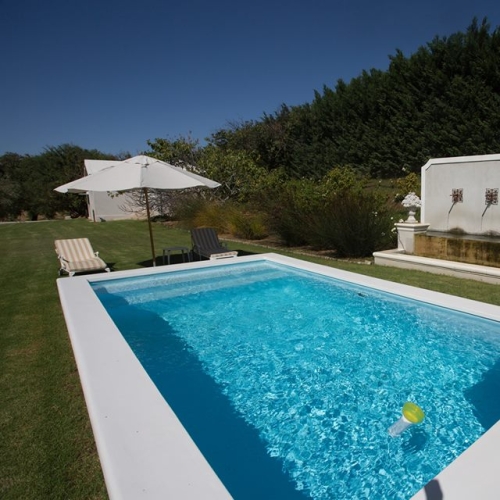
Kloovenburg Wine & Olive Estate
Location
Riebeek Valley
Overview
Kloovenburg was planted with grapes as early as the mid-18th century, but it had to wait for the two generations of Du Toits to transform these into significant wines. In 1998 Pieter produced his first Shiraz and it’s success encouraged him to renovate Kloovenburg’s cellar, with the purpose of establishing a new name in the South African wine industry Kloovenburg stretches along the lower contours of Kasteel Mountain, where the north-easterly slopes have proved ideal for the Shiraz and Cabernet Sauvignon cultivars and the south-westerly and easterly slopes favour Shiraz. Here the climate is perfectly balanced, with the warm, low-rainfall months tempered by cool afternoon south-westerly breezes blowing in from the Atlantic ocean. The cold winters allow the vines to rest and build up better reserves.
The soil is mainly Malmesbury shale, with strong loamy soil on the higher ground. The more sandy loam lower down the slopes is supplemented by the area’s rich Hutton soil. Of the farm’s 300 hectares, 130 are under wine grapes, 25 under table grapes and 30 under olives. 20% of the bestgrapes are reserved for making Kloovenburg’ own wines.
Features
Accommodation
Tastings
Olives
Wine
Location
bothmaskloof Pass, Riebeek Kasteel

Yvette Coetzee
4.0
[No comment]
ReplyCharlene Stober
5.0
[No comment]
ReplyAntoinette Van Zyl
5.0
Booking and paying for the informative tasting is definitely worth it!
ReplyHilary Mak
4.0
[No comment]
ReplyArnold Louw
5.0
[No comment]
Reply